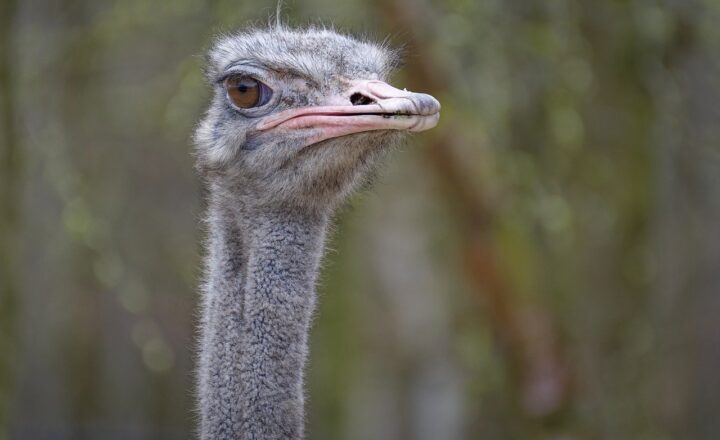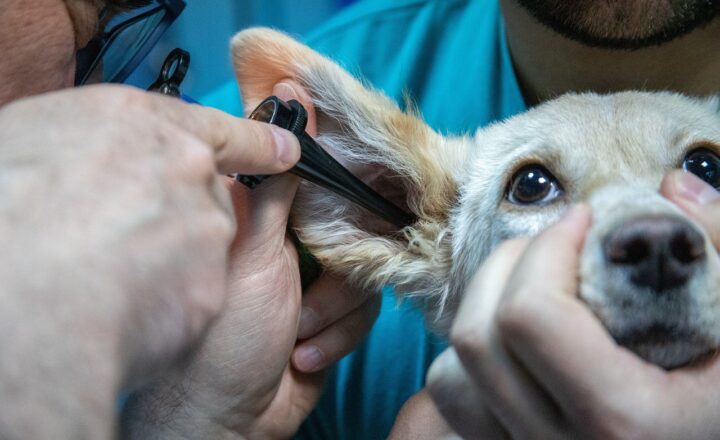The Evolution of Zoos: How Animal Welfare Has Improved Over the Years
November 15, 2024

Zoos have often been the subject of heated debate, with arguments ranging from the supposed educational value they provide to the ethical implications of keeping animals in captivity. However, over the years, zoos have undergone a dramatic transformation in how they operate and the philosophies that guide them. This article examines the evolution of zoos and sheds light on how animal welfare has significantly improved throughout the years.
1. A Glimpse into the Early History of Zoos
The concept of keeping animals for display dates back thousands of years. Ancient civilizations such as Egypt, Mesopotamia, and China had royal menageries where exotic animals were kept. These early zoos were primarily for the entertainment of nobility and were often poorly designed, with little regard for the animals’ natural habitats or well-being.
With the rise of public zoos in the 19th century, notably in London and Berlin, the focus began to shift from royal display to public education and conservation. Nevertheless, these institutions still had many shortcomings, and it was not uncommon for animals to live in cramped, unnatural conditions that did not reflect their original habitats.
2. The Shift Toward Animal Welfare: 20th Century Changes
As society’s views on animals and conservation began to evolve in the 20th century, so too did the standards of zoos. Key figures like animal behaviorist John C. Calhoun and zoologist Gerald Durrell began advocating for more naturalistic enclosures, enriched environments, and the importance of understanding animal behavior.
One landmark development was the establishment of the World Association of Zoos and Aquariums (WAZA) in 2000, which set global standards for animal care and conservation efforts.
**A. Enclosure Design**
In these earlier decades, enclosures were often designed with a focus on barriers rather than the animals’ well-being. However, modern zoos have begun to prioritize naturalistic exhibits that mimic the animals’ natural habitats. These changes reduce stress for animals and promote more natural behaviors, which are beneficial for both their mental and physical health.
**B. Animal Enrichment**
Animal enrichment has become a central component in modern zoo practices. This involves providing animals with mentally and physically stimulating activities to promote natural behaviors and reduce boredom. Zoos now use various techniques such as puzzle feeders, toys, and changes in habitat to create a more stimulating environment.
3. The Role of Conservation in Modern Zoos
The modern zoo is not just a place for entertainment but has transformed into a hub for conservation efforts. Many accredited zoos are now at the forefront of species conservation, participating in breeding programs for endangered species, habitat preservation, and education about wildlife protection.
**A. Breeding Programs**
Many zoos participate in Species Survival Plans (SSPs), collaborative programs designed to promote the breeding of species that are threatened in the wild. These efforts have seen success stories, including the recovery of species like the California condor and the Arabian oryx.
**B. Education and Awareness**
Modern zoos place a strong emphasis on education. They act as centers where visitors can learn about wildlife conservation and the challenges affecting different species and habitats. Many zoos have outreach programs aimed at inspiring younger generations to be environmental stewards.
4. The Ethical Considerations of Keeping Animals in Zoos
Despite the improvements in animal welfare and conservation efforts, the ethical debate surrounding zoos persists. Critics argue that no matter how advanced, zoos can never fully replicate an animal’s natural habitat and that animals should ideally be left in the wild.
As a response, many zoos are adopting a position of transparency, showcasing their efforts and the positive impact they have on conservation. Increasingly, zoos are working with wildlife conservationists and scientists to understand better how they can reduce their ethical footprint while still achieving their educational and conservation goals.
**A. Sanctuaries vs. Zoos**
Another related development has been the rise of animal sanctuaries that focus explicitly on rehabilitation and long-term care for animals rather than public display. These organizations often operate with a slightly different philosophy, ensuring that animals are not exploited for entertainment.
**B. The Future of Zoos**
The future of zoos will likely continue to pivot towards enhancing animal welfare and focusing on their role as conservation leaders. Initiatives like virtual zoos and augmented reality experiences are emerging such that zoos can meet educational goals without the need for live animal display.
5. Conclusion: A New Era for Zoos
The evolution of zoos has been marked by significant improvements in how animals are treated and the roles that these institutions play in conservation and education. While challenges remain, it is clear that modern zoos are striving to improve animal welfare and operate as responsible entities in the global conservation landscape.
As we continue to learn and grow, the hope is that zoos will commit to ethics, conservation, and education, ultimately providing a better quality of life for the animals within their care while inspiring future generations to protect our planet’s diverse wildlife.
Educators and animal lovers alike can appreciate the journey that zoos have undertaken and support their continued evolution into centers of animal welfare and environmental stewardship.








